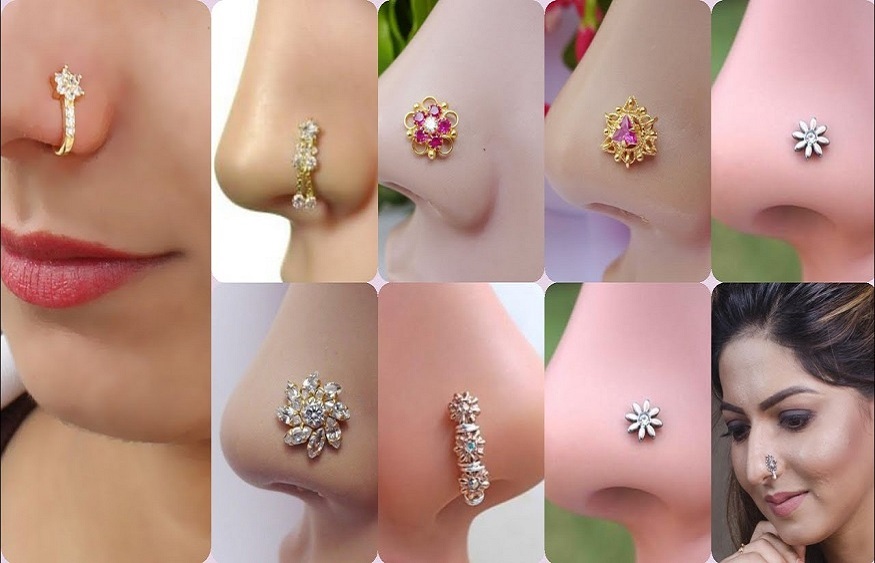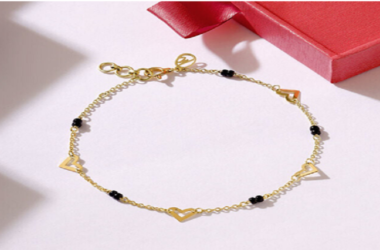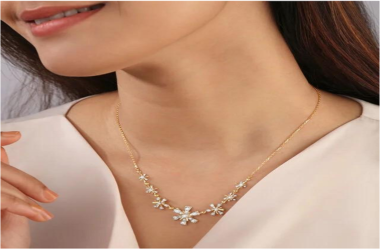For millennia, many cultures all around the world have used nose pins, often referred to as nose rings or nose studs, as a popular type of body ornamentation. These tiny jewelry items, which are often worn through the nostrils, have a long history and represent many different cultures. Their development and interpretations vary from culture to culture, reflecting every community’s distinctive rituals, ideologies, and aesthetics. In this essay, we explore the history and cultural significance of nose pins, offering insight into their ongoing appeal and their use in both cultural and personal expression.
India: The Birthplace of Nose Piercing
Ancient India holds one of the first records of nose piercing, which is said to have started there around 1500 BCE. Known as “nath” or “nathni” in Hindi, nose pins were mostly worn by women and had a significant cultural and societal impact. They were frequently given to brides on their wedding day and served to represent a woman’s marital status. In some cultures, a woman’s wealth and social standing were indicated by the size of her nose ring. Because it was believed to lessen pain associated with childbirth and menstruation, the left nostril has traditionally been favored for piercing.
North African and Middle Eastern customs
Additionally, nose piercing has long been a significant aspect of Middle Eastern and North African traditions. Nose pins were viewed as prestige, femininity, and beauty symbols in these areas. They played a part in dowry ceremonies and were frequently worn by women as a symbol of their forthcoming marriage. Nose rings have historically been used as indicators of identity and tribe affiliation in several cultures.
Diversity in South Asia
Nose pins have a variety of meanings outside of India in South Asian nations like Pakistan, Bangladesh, and Sri Lanka. Similar to their Indian counterparts, brides in Pakistan frequently sport nose rings. The designs and styles, however, differ from region to region, exhibiting the subcontinent’s unique cultural tapestry. The delicate filigree work and precious stones used to ornament nose pins in Sri Lanka are a testament to the country’s exceptional workmanship.
Aboriginal Cultures
Indigenous groups all around the world have their own customs about nose piercing. For instance, nose rings are a symbol of wisdom, prosperity, and tribal ties in Native American civilizations. Women use nasal plugs made of wood and bamboo among the Apatani tribe in the northeastern Indian state of Arunachal Pradesh as part of a specific cultural custom.
Adaptation to the West
Nose pins have also become more common in Western cultures in recent decades. They are no longer restricted to certain cultural or symbolic meanings; they are now a popular means of self-expression. In Western societies, many people get their noses pierced for aesthetic or personal reasons. There are numerous styles and materials to choose from, from basic studs to elaborate hoops.
Today’s Modern Meanings
Nose pins are currently worn for a variety of reasons and have evolved beyond their historical uses. While some continue to value nose piercings for their cultural or religious importance, others view them as a form of disobedience, self-expression, or body modification. Depending on the wearer’s aims and sense of style, nose piercings signify originality, femininity, or non-conformity.
Conclusion
Due to their long history and cultural significance, nose pins have traveled across time and place to become a common type of body jewelry. These tiny pieces of jewelry retain a unique place in the hearts and nostrils of individuals from various cultures all across the world, whether as symbols of tradition, identification, beauty, or personal expression. Their continued appeal is evidence of the ability of jewelry to convey stories of culture, tradition, and personal significance in addition to beautifying the body.






